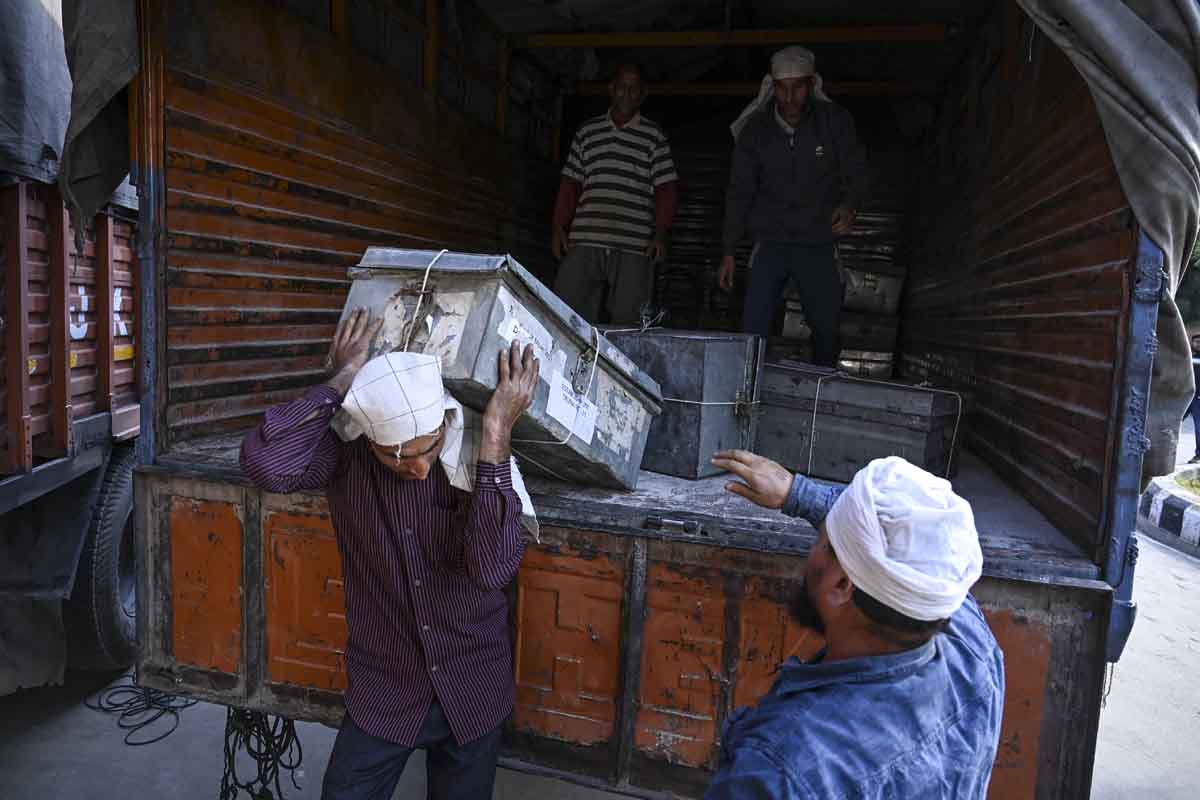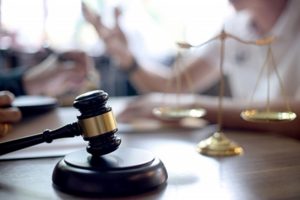“The Kashmiri population has responded to India’s action with mass civil disobedience”, wrote a leading columnist in a leading newspaper on 13th October. “Despite the brutal crackdown since 5th August, Kashmiris have been resolute about a civil curfew as a mark of protest”, a tweet from the account of former CM Mehbooba Mufti proclaimed. I am just back from a trip to the Kashmir Valley from 9th to 12th October. I went with a team of officials to appraise the ground situation in Kashmir and comprehend its overall security perspectives.
We travelled by road and interacted with people, and had the opportunity of being briefed extensively by the top brass of the army and the police. Given the various narratives which are dominating the media space ~ especially the electronic media which in almost one voice is relentlessly spreading a picture of simmering anger, resentment and lockdown of the entire Valley waiting to erupt in violence of catastrophic proportions the moment the mobile and the internet curbs are lifted ~ I thought of informing my readers of what I saw with my own eyes and heard with my own ears.
Advertisement
This narrative goes against what the fiery recitals of TV anchors and the incendiary articulations of the self-appointed experts have portrayed so far. By no means can the Valley be said to be normal. We had great difficulty in communicating with our families till we got access to facilities ~ like all others ~ of limited calls at authorised places. Internet was available at special kiosks like at the offices of the Collectors to help address the urgent needs of the populace, where of course people had to wait to get access.
Landlines were operating everywhere without restrictions, and STD booths were also available at places. There was no curfew or Section 144 imposed at any place in the state. Neither was anyone ~ security personnel or civilians ~ recuperating in any hospital from injuries sustained in the course of any violent street protest till the day of our departure. Propaganda by Pakistan, and also by some of our own, to make the world believe an unprecedented, merciless crackdown by the security forces exacting heavy daily casualties has been going on for some time now, but no one has been able to show any bodies so far. Thankfully, no one has claimed that security forces are kidnapping the dead bodies.
We saw normal traffic on the roads, in fact more than normal, inside the town of Srinagar as well as outside. On a major thoroughfare from Badami Bagh Army Cantonment to the Zonal Police Headquarters at Batamaloo which houses the Police Control Centre, which is also the nerve centre of police operations in the town, it took us more than an hour to cover the 12 km-distance on a Saturday morning. It bears recall that both these places had borne the brunt of terrorist violence; it was at the gate of Badami Bagh that a Pakorchestrated fidayeen attack had killed a Major in the Army’s Public Relations Office and his entire team of five soldiers in 1999.
Batamallo has seen many terrorist attacks, police encounters and stone-pelting incidents so far. But on 12 October, there was much more than normal traffic on this road, though few pedestrians. At 10 a.m., most shops were open, some had shutters halfdrawn. It was explained that this was the half-shutter mode in which the economy functioned often, with shutters being promptly closed at the slightest sign of trouble or the sight of any troublemaker. On the road to Baramulla, it took us more than two and a half hours to cover the 55 km distance from Srinagar.
We were caught in traffic jams at many places, and the traffic comprised all kinds of vehicles ~ trucks loaded with apples and other merchandise, civilian cars, armoured vehicles and jeeps of security forces, autos, motorbikes and bicycles. Of course there was a security man standing guard with his rifle almost every 100-200 metres, but we were informed that this used to be the situation even long before 5 August, the day the Articles 370 and 35A were abrogated by India. But the picture of the ebb and flow of near normal life that we had seen was far from “mass civil disobedience” or resolute “civil curfew”; instead it looks like resilient life adjusting to the new realities without many hiccups.
We saw shops open during morning and evening hours ~ from around 7 to about 10:30 in the morning and from about 5 to 7:30 in the evening. Shopkeepers are scared by impromptu posters appearing at places threatening them with dire consequences if they dared to open their shops, but they ignore the warnings to the extent of following the limited time schedule. Neither are they coerced by the police to keep their shops open. Militants, if there are any lurking around, seem to have accepted this situation and the shopkeepers, police, and militants seem to have settled in an uneasy equilibrium as far as shops are concerned. In one case, where a dreaded LeT terrorist identified as Asif had shot a fruit trader and three of his family and did not spare even his 30-month old girl Asma Jan, the terrorist himself was shot dead by the security forces at Sopore within a week in September.
Earlier in August, a 65-year-old shopkeeper was killed by militants in Srinagar for keeping his shop open; in another incident, a truck driver was killed in Bijbehara in Anantnag district by stone-pelters. One civilian ~ Asrar Ahmed Khan ~ sustained injuries during clashes between protesters and security forces and died in hospital some 23 days later. No one had died since 5 August as a result of firing by police or security forces. Attendance was thin at both government and private schools as the parents and guardians were weary in case any trouble broke out suddenly, lacking continuous communication with their wards in the absence of mobile connectivity.
Only the army schools that mostly have students from the local populace ~ other than from the army ~ functioned normally with usual attendance, primarily because of army transport facilities and the security that the army schools provide. Now with mobile services being restored, one can expect a gradual increase in the attendance levels at schools and colleges. Restrictions which were imposed prior to 5 August on tourism have been lifted with effect from 9 October, with tourists being encouraged to visit the state, but few came in the absence of mobile connectivity that is essential for booking hotels, arranging local transport, etc.
With the restoration of mobile services from 14 October, the tourist inflow is expected to increase which in turn might make the shopkeepers keep their shops open for extended periods. The incidents of stone-pelting have also come down remarkably. Since August 19, there have only been eight incidents of stone-pelting across the Valley, compared to hundreds of such incidents before that. We were curious to find out how this feat was achieved. What we learnt was not surprising though ~ a big difference this time was made by the independence with which the J&K Police has been allowed to operate.
It is free from the political control of local leaders for whom the stone-pelters were assured vote-banks. Till J&K existed as a state, the police had to obey the dictates of political leaders, who in turn were dictated by the Mullahs of the valley ~ like Syed Ali Shah Geelani ~ who was the fountainhead of all terrorism and violence in the Valley. They controlled and dominated the economic and political landscape of the state. The police were never allowed to deal with the stonepelters the way they wanted as long the Mullahs were in power.
Now with J&K becoming a Union Territory, the state police have finally got the liberty to function autonomously as a professional force and it is discharging its role with exemplary efficiency and courage, working in close coordination with the Army and the CRPF as well as the community. Stone-pelters, we learned, were identified individually and their families approached by the police. The message given was stern and unmistakable, i.e. that families had no option but to restrain them. The result was on the ground.
(To be concluded)
(The writer is a commentator. Opinions are strictly personal)











